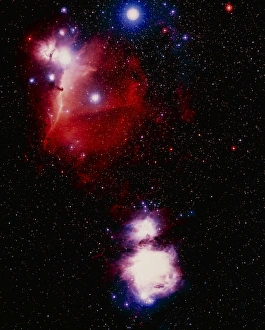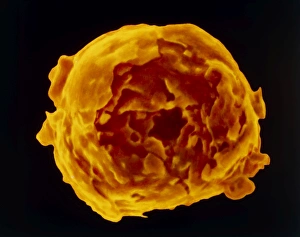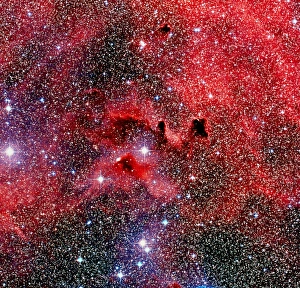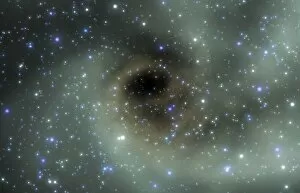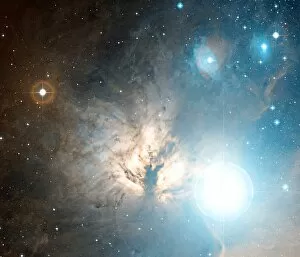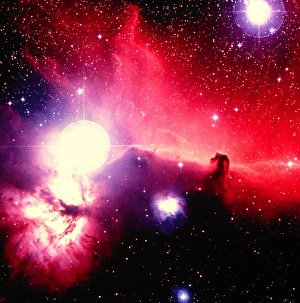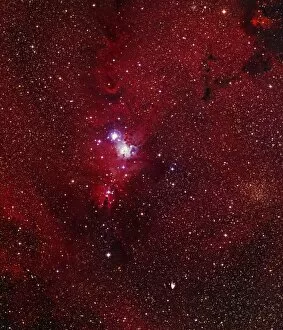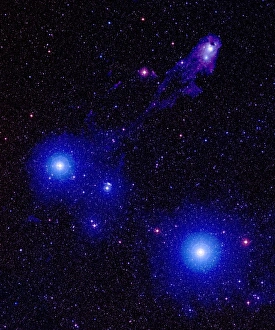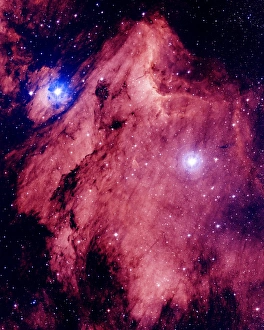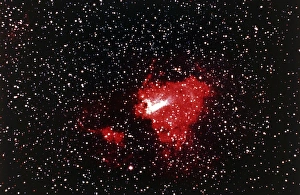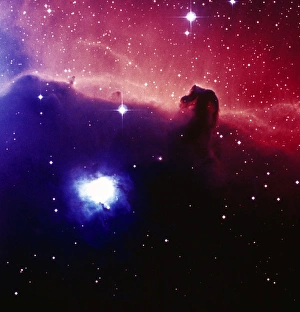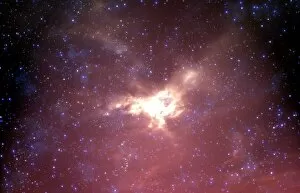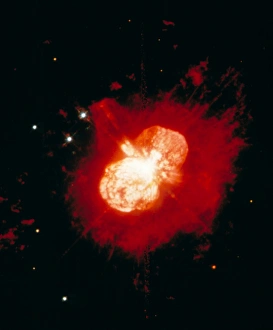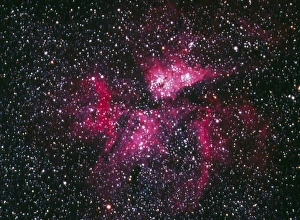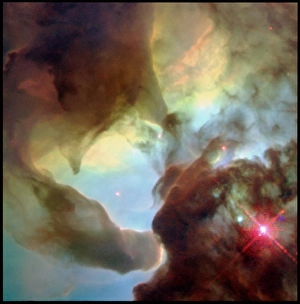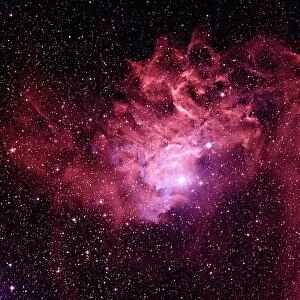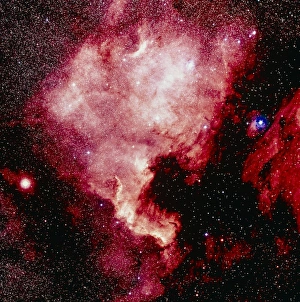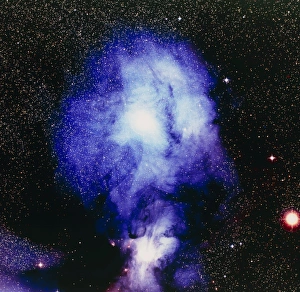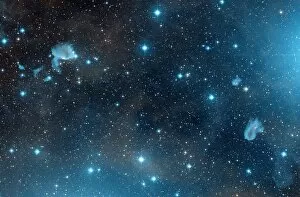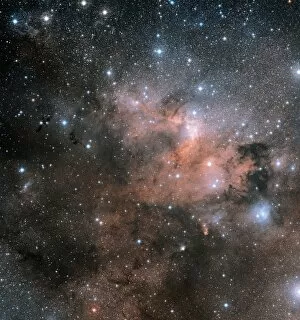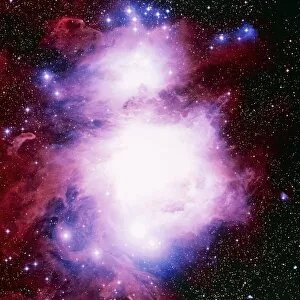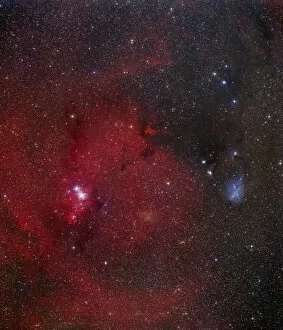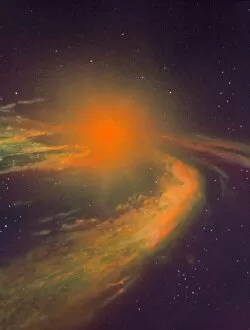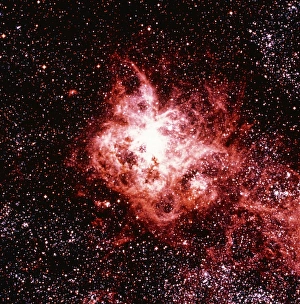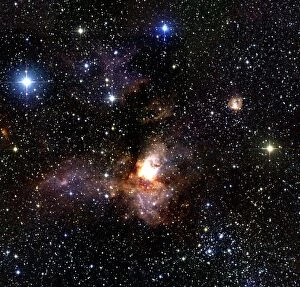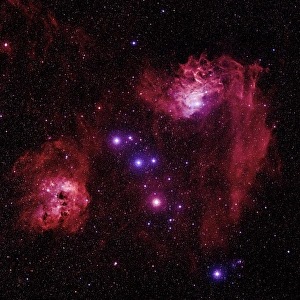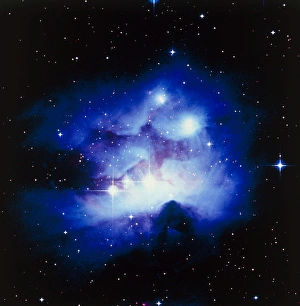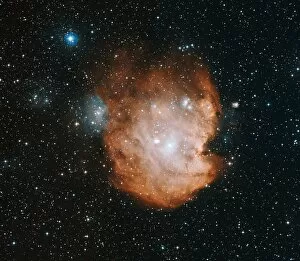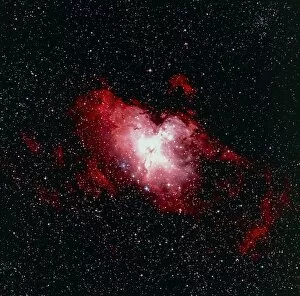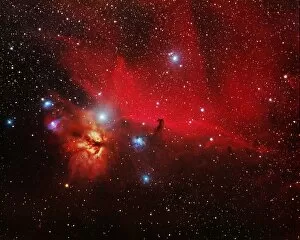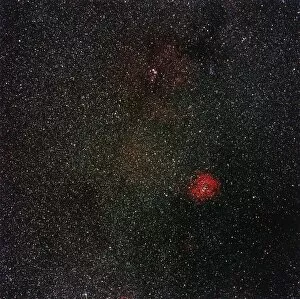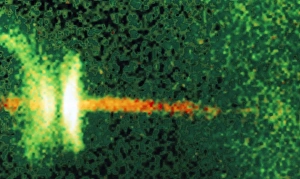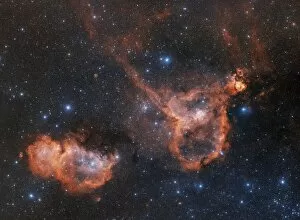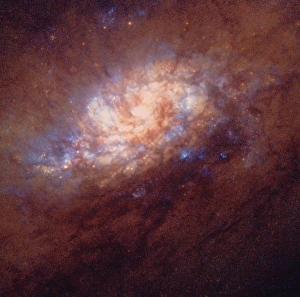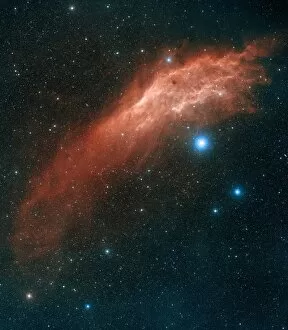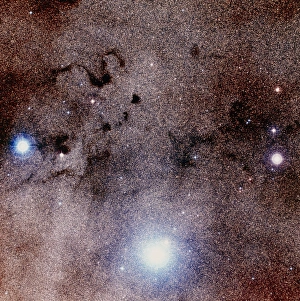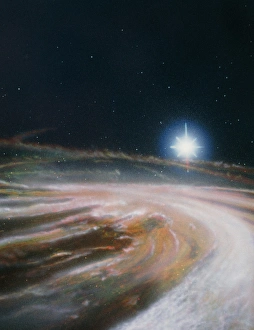Star Birth Collection (page 2)
"Captivating Cosmic Cradles: Witnessing the Spectacle of Star Birth" Step into the mesmerizing world of celestial creation as captured by the Hubble Space Telescope
All Professionally Made to Order for Quick Shipping
"Captivating Cosmic Cradles: Witnessing the Spectacle of Star Birth" Step into the mesmerizing world of celestial creation as captured by the Hubble Space Telescope. Behold the breathtaking nebula NGC 604, a stellar nursery where stars are born amidst swirling cosmic clouds. Venture further into the enchanting Orion Nebula, where wisps of gas and dust intertwine to form new luminous bodies. Marvel at the iconic "Pillars of Creation, " towering columns sculpted by starlight's gentle touch, nurturing nascent stars within their ethereal embrace. Delve deeper into space's tapestry and encounter Nebula Sh 2-106, an awe-inspiring sight resembling a celestial butterfly spreading its wings across vast distances. Gaze upon the majestic Gas Pillars in the Eagle Nebula, colossal structures that harbor countless newborn stars like precious jewels adorning nature's crown. Witness firsthand the radiant splendor emanating from Orion Nebula (M42), a celestial masterpiece teeming with stellar nurseries bustling with activity. Observe Antennae Colliding Galaxies locked in an intricate dance, birthing new galaxies through their cosmic collision. The captivating beauty continues with glimpses of Horsehead Nebula and Interacting Galaxies Arp 147 - both showcasing interstellar interactions giving rise to dazzling displays of star formation against velvety backdrops. Marvel at Ring Nebula M57's delicate halo encircling a dying star; witness its final act before fading away gracefully into stardust. Return once more to Orion Nebula (M42 and M43), where clusters of young stars illuminate their surroundings like beacons in an infinite sea. These extraordinary images remind us that even amidst vast expanses of darkness, light emerges from chaos – ushering forth new beginnings in distant corners of our universe. The birthplace of stars is unveiled before our eyes through these stunning snapshots captured by Hubble, inviting us to ponder the mysteries of creation and our place within it.

